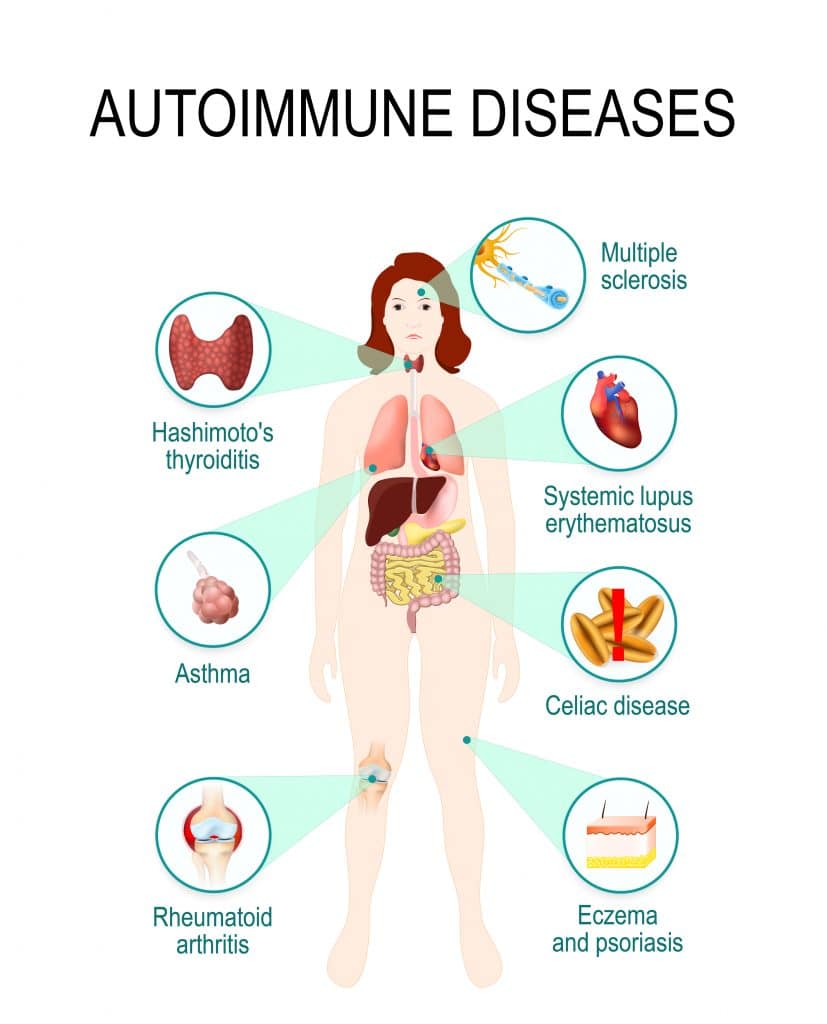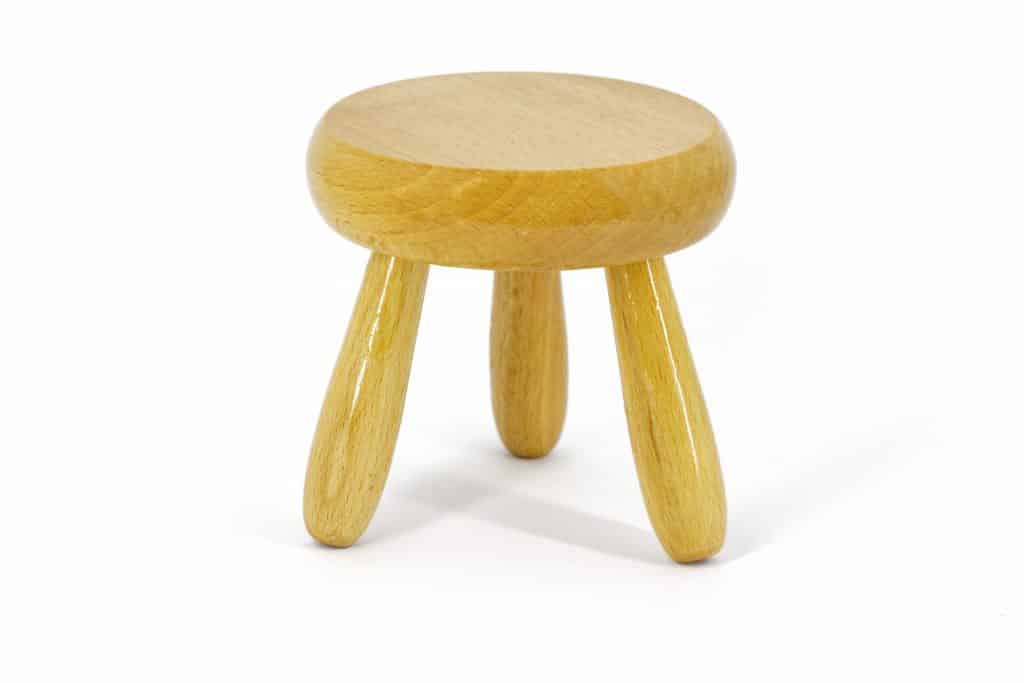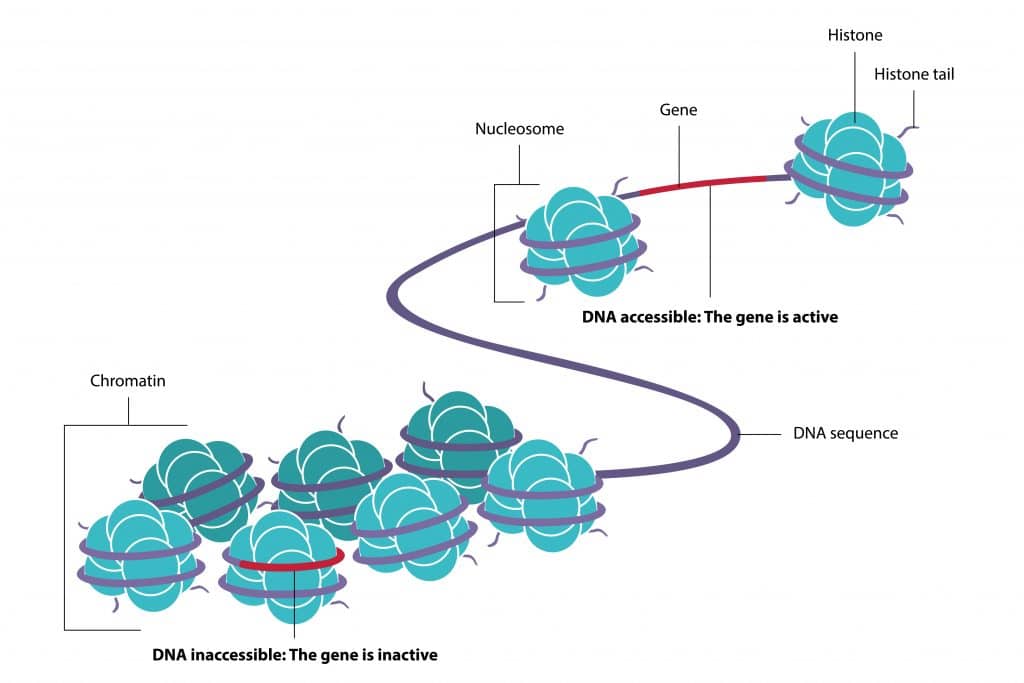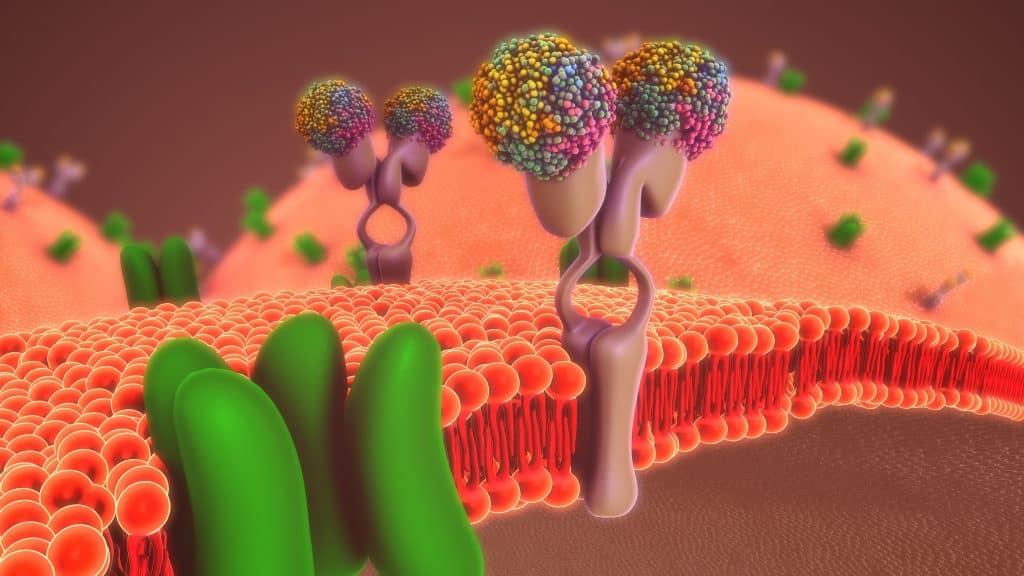What Exactly Causes Autoimmune Conditions And How To Find Relief
The medical establishment has not been able to pinpoint exactly what causes autoimmune conditions so they focus on managing the symptoms instead. Autoimmune diseases occur when the body’s immune system mistakenly attacks and damages its own cells, organs, or tissues. This attack can cause inflammation and damage to the affected organ systems, leading to a wide range of symptoms.
While autoimmune conditions are not considered true diagnoses in themselves, they are used as blanket terms to describe inflammatory illnesses that have no understood cause. It can manifest in various ways including rheumatoid arthritis, lupus, multiple sclerosis (MS), IBD, Hashimoto’s thyroiditis, Addison’s disease, and celiac disease.
Diagnosing Autoimmune Conditions
Autoimmune conditions are complex and difficult to diagnose. This makes tests for autoimmune conditions unreliable and inaccurate as they often rely on lab results or imaging techniques, which can be imprecise. Additionally, doctors may have difficulty distinguishing between symptoms caused by an autoimmune condition and those that are caused by other health issues. As a result, tests for autoimmune conditions can lead to false positives or false negatives and may not accurately reflect the true state of a patient’s illness. Oftentimes, it can take 5 years or more to diagnose autoimmune diseases.1
Symptoms Of Undiagnosed Autoimmune Conditions
Common symptoms associated with undiagnosed autoimmune conditions include fatigue, joint pain or stiffness, muscle aches and pains, skin rashes or changes in skin color, difficulty sleeping, digestive issues such as diarrhea or constipation, changes in mood, blurry vision, frequent sickness, brain fog, anxiety, acne, allergies, and stomach pain. Other less common symptoms may include numbness or tingling in the hands and feet, unexplained weight loss or gain, recurrent fevers, hair loss, headaches, and recurrent infections.2 3
Some of these symptoms may be caused by other conditions, however, if they continue over time or get worse, don’t overlook the possibility that they are caused by an autoimmune disorder.

What Causes Autoimmune Conditions At The Core?
The Three-Legged Stool is a concept to aid in understanding the complexities of what causes autoimmune conditions. The stool metaphorically represents the three essential components required for the development of autoimmune diseases. The three legs collectively include stressors (physical, chemical, and emotional), gut/microbiome health, and DNA methylation issues.
Understanding the roles these three components play in why autoimmune diseases occur can make it possible to prevent them from occurring. Quite simply, if all 3 legs of the stool are intact, the stool can stand. In the same way, when all 3 aspects of health are present, autoimmune conditions disappear.

What Causes Autoimmune Conditions – Leg #1 – Stressors
Stressors are external factors that can alter us either physically or emotionally. The body is naturally meant to deal with stressors, but when it is overwhelmed by stressors, physical symptoms often manifest. The best way to describe how the body deals with stressors is the overflowing bucket analogy. Think of each stressor as a drop of water in the bucket. If the bucket fills up completely with stressors and begins overflowing, autoimmune conditions are the resulting symptoms of a body that can’t handle the number of stressors being thrown at it.

Physical Stressors
Physical stressors come in infinite forms but typically include poor nutrition, lack of exercise, metabolic imbalances, and work-related stress.
Emotional Stressors
Emotional stressors can range from physical traumas, chronic anxiety or depression, grief, and unresolved negative life experiences.4
Chemical Stressors
Chemical stressors can come from exposure to toxins found in food as well as exposure to heavy metals or mold.5 6 Additionally, toxins in tap water, harmful chemicals in cosmetics, body care products, cleaning products, and harmful medications all take a toll on the body.7
Chemical stressors are one of the most daunting toxins that we have to deal with in modern society. Toxins like heavy metals were used commonly in gasoline, dental fillings, water pipes, paint, medicines, and industrial manufacturing. While heavy metals like lead and mercury have been removed from most of these products, they are still present in our environment and aren’t easily removed from the body. If you suffer from heavy metal toxicity, you must first remove the source of that toxicity and remove the heavy metals from your body.8 9
Toxic mold present in households and other buildings is another serious concern, as it is often directly behind autoimmune conditions. This toxic mold must be completely removed from a residence and if it cannot be removed, occupants must relocate to a new area if they ever wish to regain their health.10
What Causes Autoimmune Conditions – Leg #2 – Gut/Microbiome
The second leg of the stool is the gut/microbiome. The microbiome is made up of trillions of microorganisms that live in our digestive tract and help to regulate digestion, metabolism, and immunity. Imbalances in this balance are linked to many diseases and health conditions such as allergies, asthma, autoimmune disorders, and inflammatory bowel disease (IBD).11 12 13

What Causes Autoimmune Conditions – Leg #3 – DNA Methylation
The third leg consists of DNA methylation which helps control gene expression by modifying the structure of our genes. When this process is disrupted, it can lead to an increase in inflammation as well as a decrease in immune system function. Disruptions in these processes are linked to many autoimmune diseases and chronic illnesses.
In the past, doctors believed that having a genetic disposition for certain diseases, and autoimmune conditions indicated that the disease couldn’t be avoided. However, now we know that having a certain predisposition to a disease does not necessarily mean one will definitely suffer from that disease.
Epigenetic science, while still in its infancy, has been shown to be influenced by methylation. Simply put, with enough methyl groups available to the body, it is able to adequately methylate genes, therefore, turning off bad genes and turning on good genes.
When loaded down with toxins like heavy metals, the body uses up its store of methyl groups dealing with that stressor and therefore, doesn’t have enough methyl groups to promote the best genetic phenotypes available. In this way, many autoimmune conditions are passed down genetically, but can often be turned off if the body has enough methyl groups to maintain ideal epigenetic expression.14 15

The 5Rs – Remove The Multitude Of Factors That Causes Autoimmune Conditions
The 5R approach to targeting the multitude of factors that causes autoimmune conditions is a comprehensive, holistic way to target toxicity at its source. This approach emphasizes the importance of identifying sources of toxicity, regenerating cells, restoring energy levels, reducing inflammation, and reestablishing methylation processes for optimal health.
R1 of the 5R approach is to remove the source of toxicity. This can include exposure to environmental toxins, heavy metals, chemicals, radiation, and other sources of toxic overload. Once these sources are removed or reduced as much as possible, it’s time to move on to regenerating the cell membrane. This process helps restore damaged cells and promote healthy cell growth.
R2 of the 5R approach is to regenerate the cell membrane, which can be done through the use of dietary supplements and lifestyle changes. This includes reducing the intake of omega-6 fatty acids found in seed oils, as well as incorporating strategies such as intermittent fasting and water fasting into daily life. The goal is to optimize the body’s natural detoxification pathways and improve overall energy levels.

R3 of the 5R approach is to restore cellular energy. It is only after we improve the function of the mitochondria and add even more mitochondria to our cells that we will begin to notice significant improvements in our health.
R4 of the 5R approach is reducing cellular membrane inflammation. This can be accomplished through targeted diet and lifestyle modifications, as well as natural supplement support. Eating an anti-inflammatory diet rich in vegetables, fruits, and healthy fats from grass-fed meat and grass-fed dairy helps reduce cellular membrane inflammation. Additionally, reducing processed foods, sugar, caffeine, and alcohol can all help reduce inflammation levels.
R5 of the 5R approach is to reestablish methylation, which is a process that helps regulate gene expression and DNA repair. This critical process relies on getting adequate amounts of methyl groups that the body can use to promote ideal genetic phenotypes. Eating a nutrient-dense diet and supplementing with targeted nutrients can help support this process.
Employing Hormesis Stress To Address What Causes Autoimmune Conditions
Hormesis stress is a type of physical or psychological stress like exercise, cold exposure, and meditation that has beneficial effects on the body when experienced in moderation.
Exercising is an important addition to the 5R approach. By incorporating exercise into your routine, you challenge your body to become more resilient and adaptive. Interval training has been studied for its ability to induce hormesis, leading to improved cell health and performance.16 Examples include alternating between cardio and weight-training days, running sprints, and doing HIIT workouts.17
Cold exposure is another form of hormetic stress that can be utilized to enhance detoxification pathways. Cold showers are one way to stimulate your body’s natural defense mechanisms against toxins.18 In addition, cold exposure has been shown to improve mitochondrial health, reduce inflammation, and increase fat burning.19
Meditation is also a powerful tool for inducing hormesis. Studies have shown that regular meditation can reduce stress-induced cortisol and improve memory, focus, and resilience to mental and physical challenges.20 Deep breathing exercises, mindfulness practices, and visualization techniques are all great ways to incorporate this type of hormetic stress into your detoxification routine.

What Causes Autoimmune Conditions?
Understanding the roles the three-legged stool plays in our health is key to understanding how we can prevent and even reverse the symptoms of autoimmune diseases. Improving diet, reducing stress, detoxifying environmental contaminants, and optimizing DNA methylation are all ways to improve overall health as well as reduce inflammation and balance the immune system. With a better understanding of how the three legs of the stool work together, we can better manage our health and maintain optimal wellness.
References
1 Doghramji PP. Screening and Laboratory Diagnosis of Autoimmune Diseases Using Antinuclear Antibody Immunofluorescence Assay and Specific Autoantibody Testing
2 Zerbe, Leah. “If You Have These Symptoms, You May Have an Autoimmune Disease.” Dr. Axe, 16 Dec. 2019, draxe.com/health/autoimmune-disease-symptoms/.
3 “What Are Common Symptoms of Autoimmune Disease?” Johns Hopkins Medicine, www.hopkinsmedicine.org/health/wellness-and-prevention/what-are-common-symptoms-of-autoimmune-disease.
4 Campbell, Jana, and Ulrike Ehlert. “Acute Psychosocial Stress: Does the Emotional Stress Response Correspond with Physiological Responses?” Psychoneuroendocrinology, vol. 37, no. 8, 2012, pp. 1111–1134., doi:10.1016/j.psyneuen.2011.12.010.
5 Mueller, Thomas C., et al. “Shikimate Accumulates in Both Glyphosate-Sensitive and Glyphosate-Resistant Horseweed (Conyza CanadensisL. Cronq.).” Journal of Agricultural and Food Chemistry, vol. 51, no. 3, 2003, pp. 680–684., doi:10.1021/jf026006k.
6 Cox, Paul Alan, et al. “Dietary Exposure to an Environmental Toxin Triggers Neurofibrillary Tangles and Amyloid Deposits in the Brain.” Proceedings of the Royal Society B: Biological Sciences, vol. 283, no. 1823, 2016, p. 20152397., doi:10.1098/rspb.2015.2397.
7 “What Are Parabens, and Why Don’t They Belong in Cosmetics?” Environmental Working Group, www.ewg.org/what-are-parabens.
8 Wani, Ab Latif et al. “Lead toxicity: a review.” Interdisciplinary toxicology vol. 8,2 (2015): 55-64. doi:10.1515/intox-2015-0009
9 Posin SL, Kong EL, Sharma S. Mercury Toxicity. [Updated 2022 Aug 13]. In: StatPearls [Internet]. Treasure Island (FL): StatPearls Publishing; 2022 Jan-. Available from: https://www.ncbi.nlm.nih.gov/books/NBK499935/
10 Progovitz, Richard F. Black Mold: Your Health and Your Home. Forager Press, 2003.
11 Dehner C, Fine R, Kriegel MA. The microbiome in systemic autoimmune disease: mechanistic insights from recent studies. Curr Opin Rheumatol. (2019) 31:201–7. doi: 10.1097/BOR.0000000000000574
12 Chung, Hachung, and Dennis Lee Kasper. “Microbiota-stimulated immune mechanisms to maintain gut homeostasis.” Current opinion in immunology vol. 22,4 (2010): 455-60. doi:10.1016/j.coi.2010.06.008
13 Wu, Hsin-Jung, and Eric Wu. “The role of gut microbiota in immune homeostasis and autoimmunity.” Gut microbes vol. 3,1 (2012): 4-14. doi:10.4161/gmic.19320
14 “What Is Epigenetics?” Centers for Disease Control and Prevention, Centers for Disease Control and Prevention, 3 Aug. 2020, www.cdc.gov/genomics/disease/epigenetics.htm.
15 Scacheri, Cheryl. “Genetic Variation and Disease: GWAS.” Nature News, Nature Publishing Group, www.nature.com/scitable/topicpage/genetic-variation-and-disease-gwas-682/.
16 Dinkova-Kostova AT, Talalay P. Hormesis as a fundamental component of pharmacology: from ancient medicine to molecular biology. Drug Discov Today. 2012;17(7/8):368-374.
17 Trapp EG, Chisholm DJ, Freund J, et al. The effects of high-intensity intermittent exercise training on fat loss and fasting insulin levels of young women. Int J Obes (Lond). 2008;32(4):684-691.
18 Hötting K, Weippert M, Gaber TJ. Cold showering as a potential health promotion measure – A review of the literature and practical recommendations for counseling in primary care settings. Int J Environ Res Public Health. 2019;16(7).
19 Vyas A, Maruthai N, Gowda K. Therapeutic effects of cold exposure: a systematic review. Frontiers in Physiology. 2018;9:1077.
20 Treadway MT, Lazar SW, Kerr CE, et al. Mindfulness meditation and improvement in sleep quality and daytime impairment among older adults with sleep disturbances: A randomized clinical trial. JAMA Intern Med. 2015;175(4):494-501.




